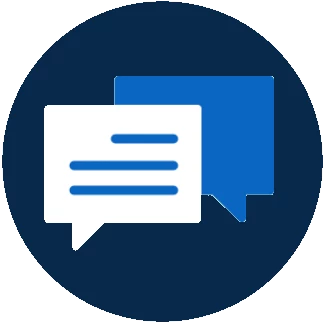Recruiter System Connect (RSC)
Streamline workflows between LinkedIn Recruiter and your Applicant Tracking System (ATS). With RSC, you can view LinkedIn candidate activity directly in your ATS, keep candidate data up to date, and reduce duplicate work.










